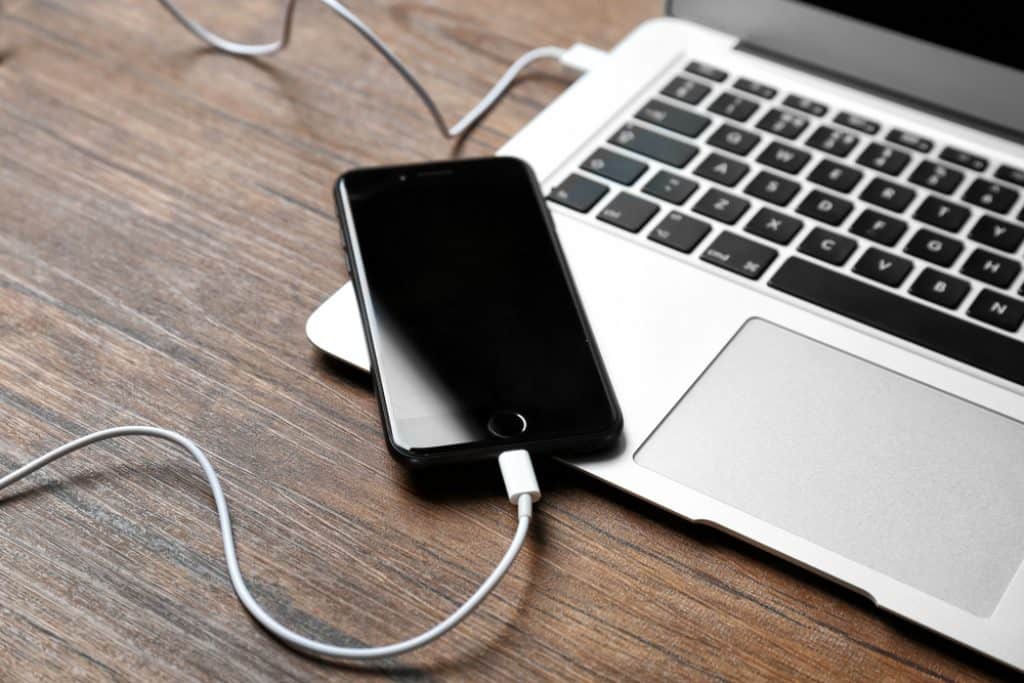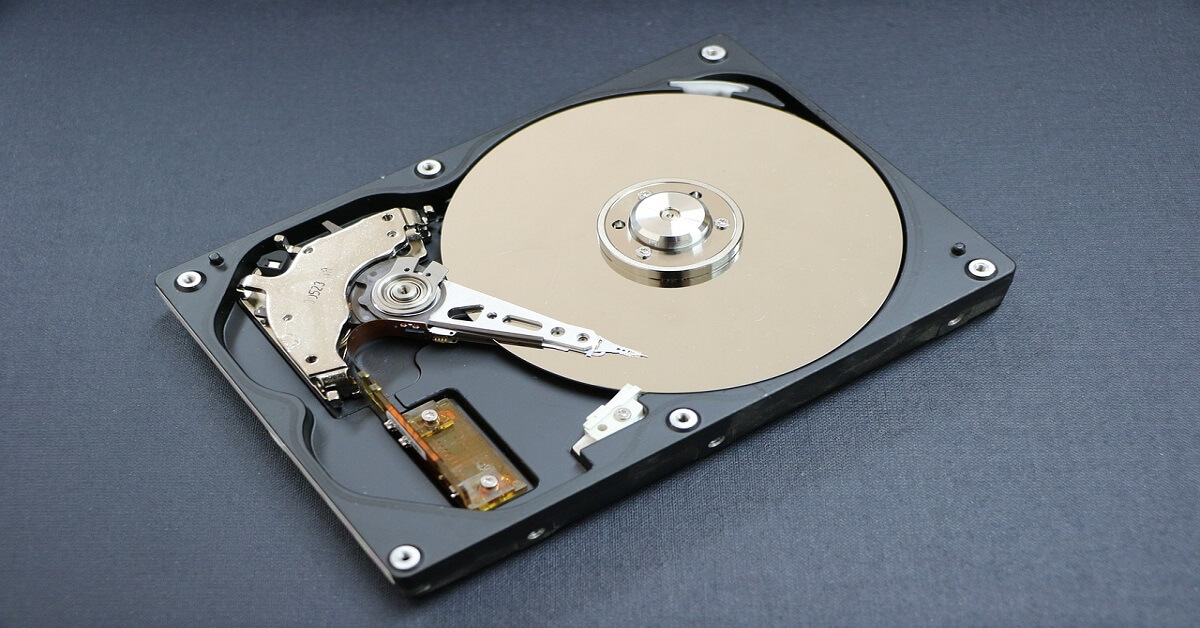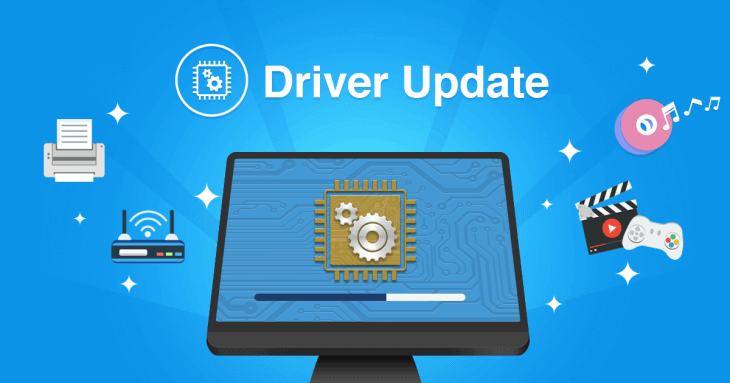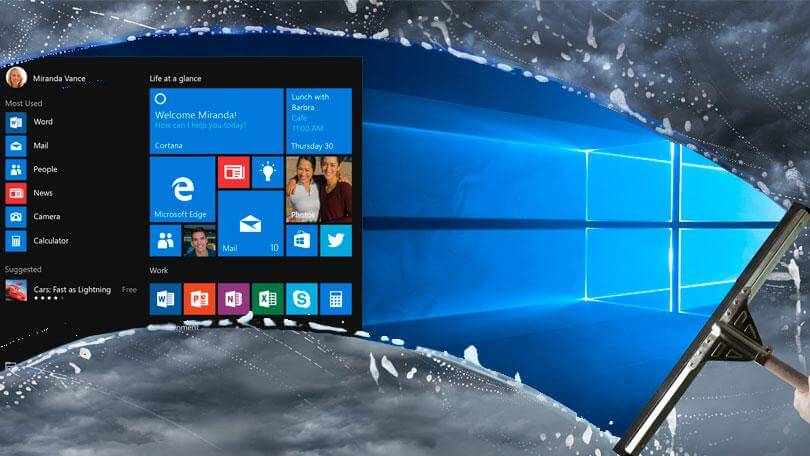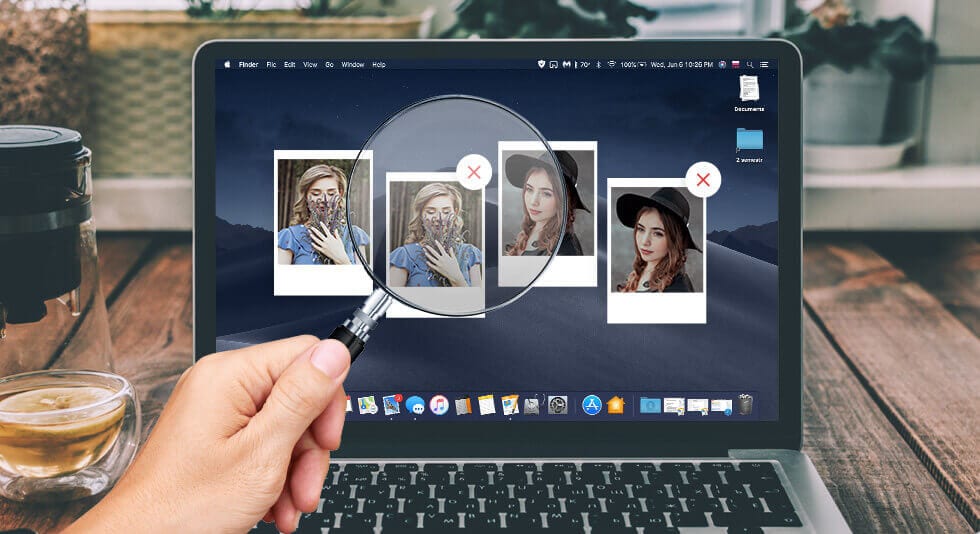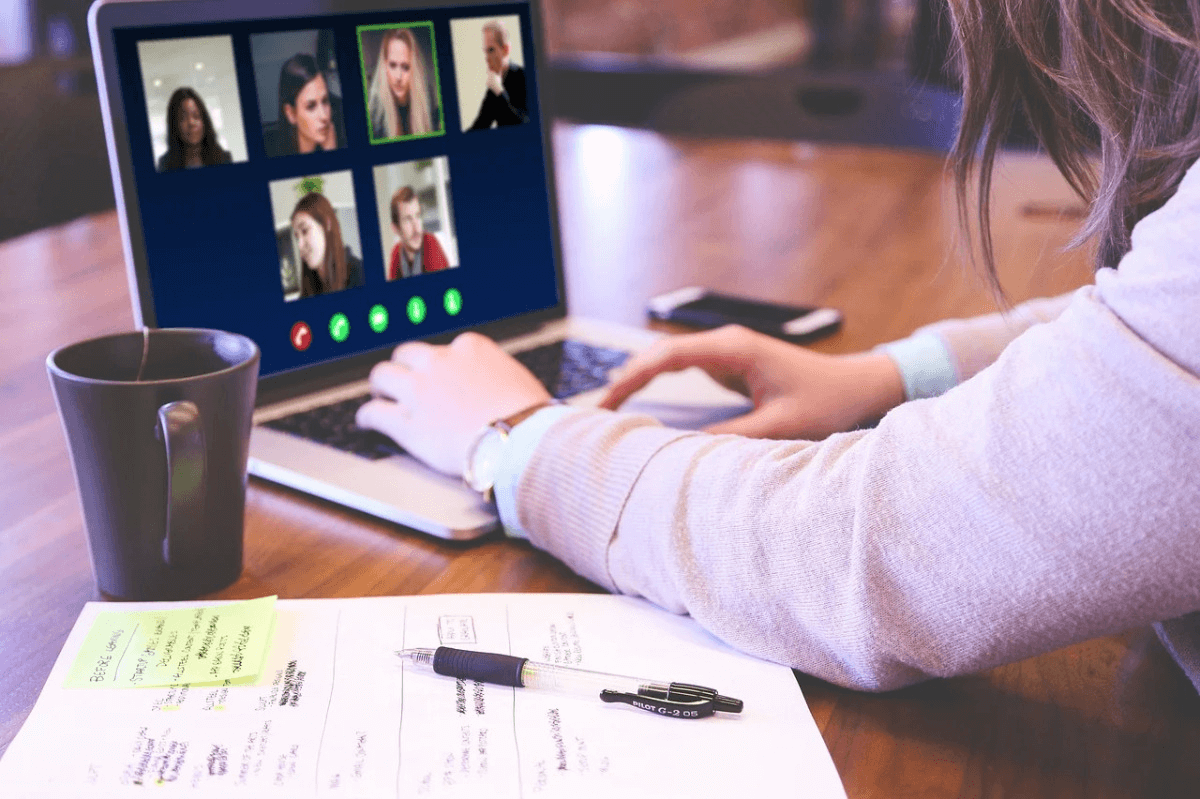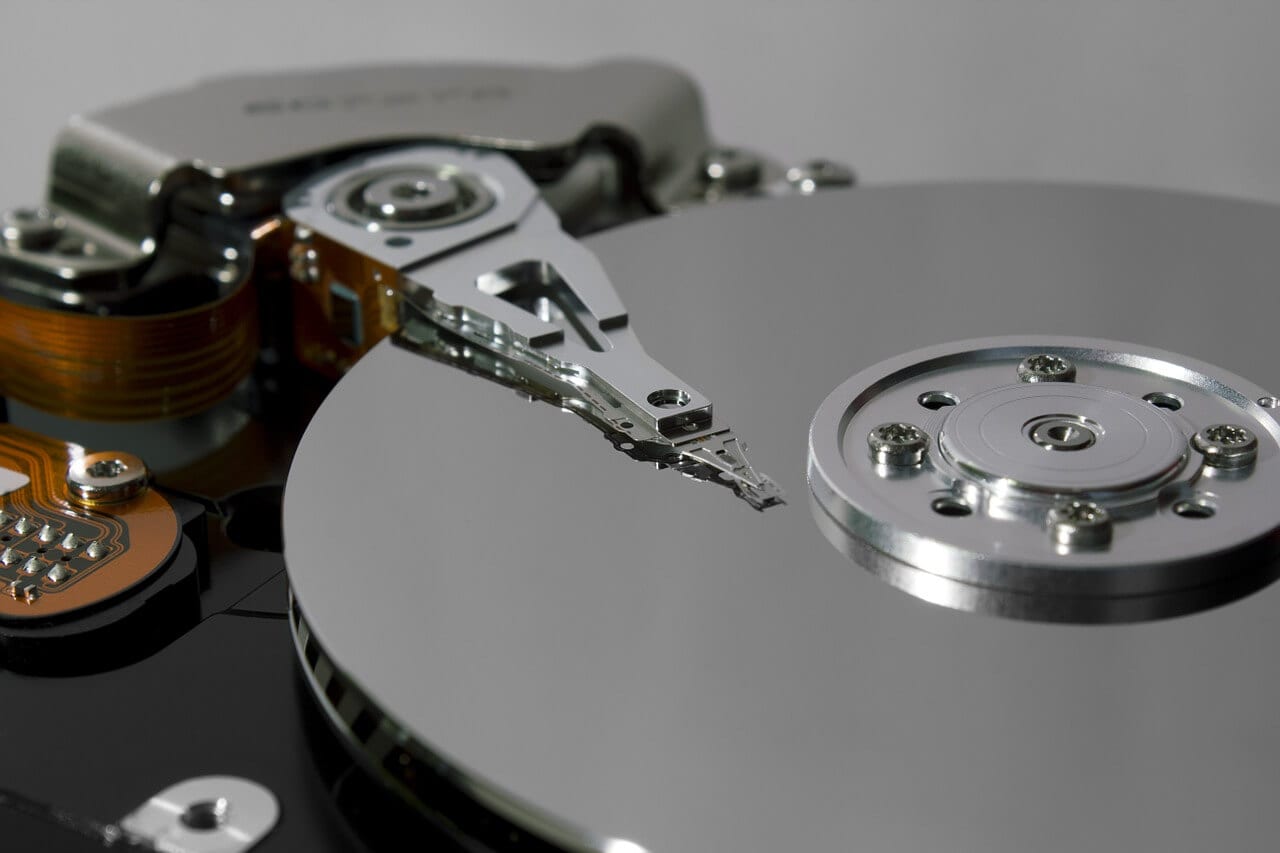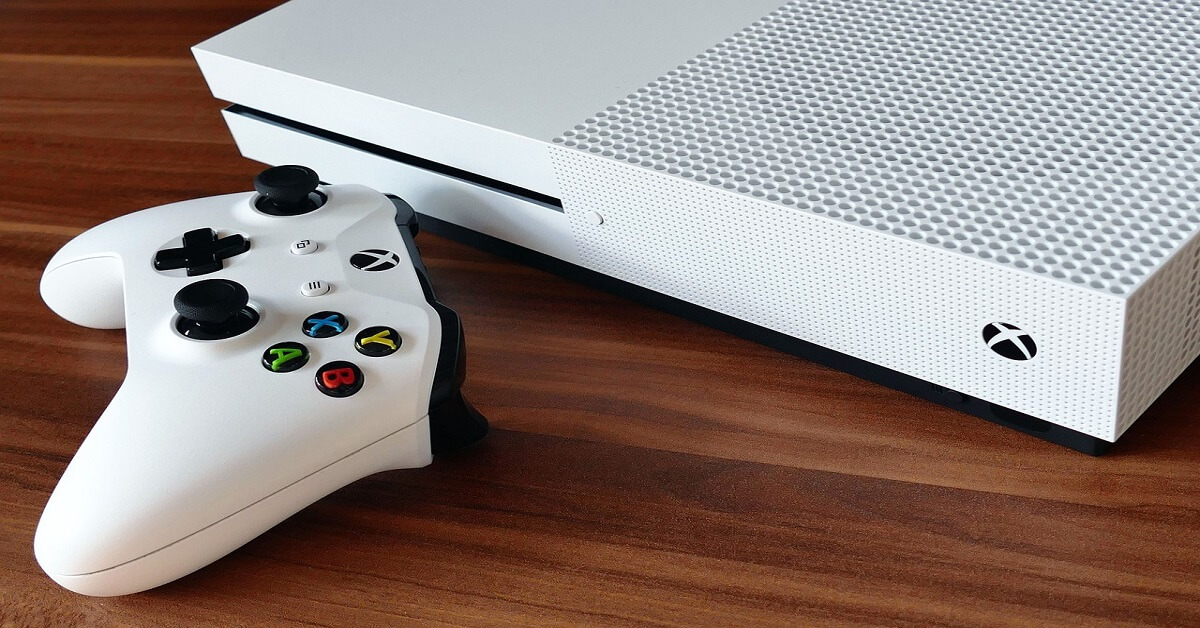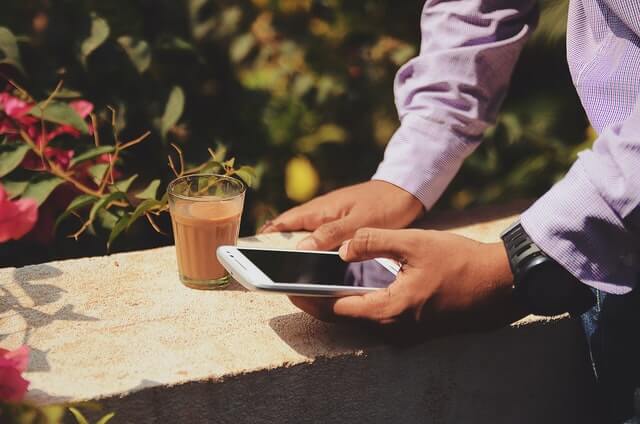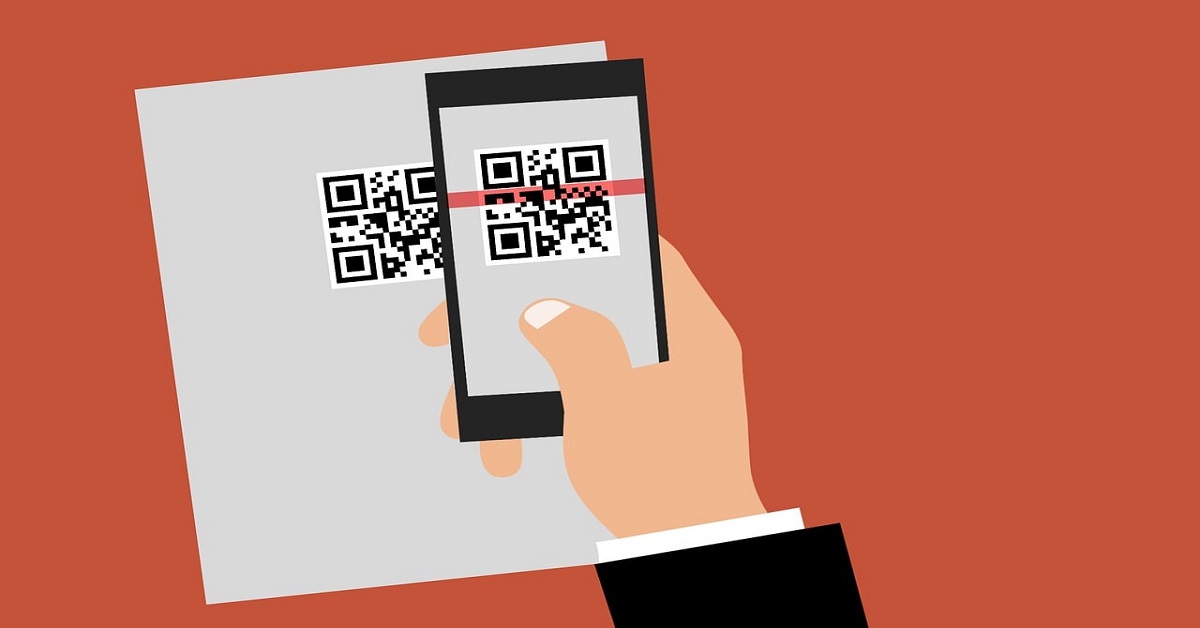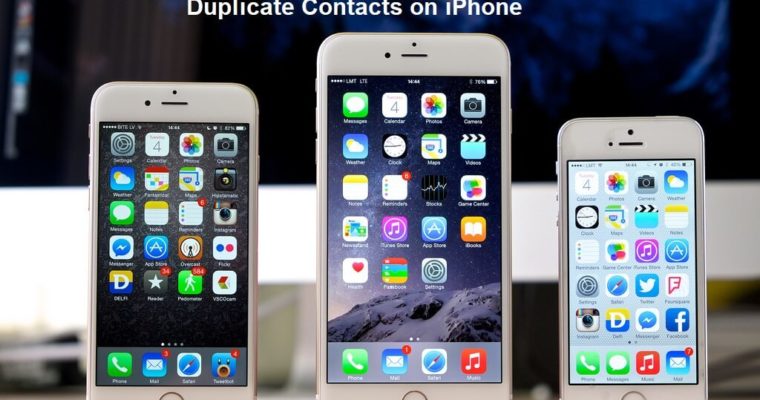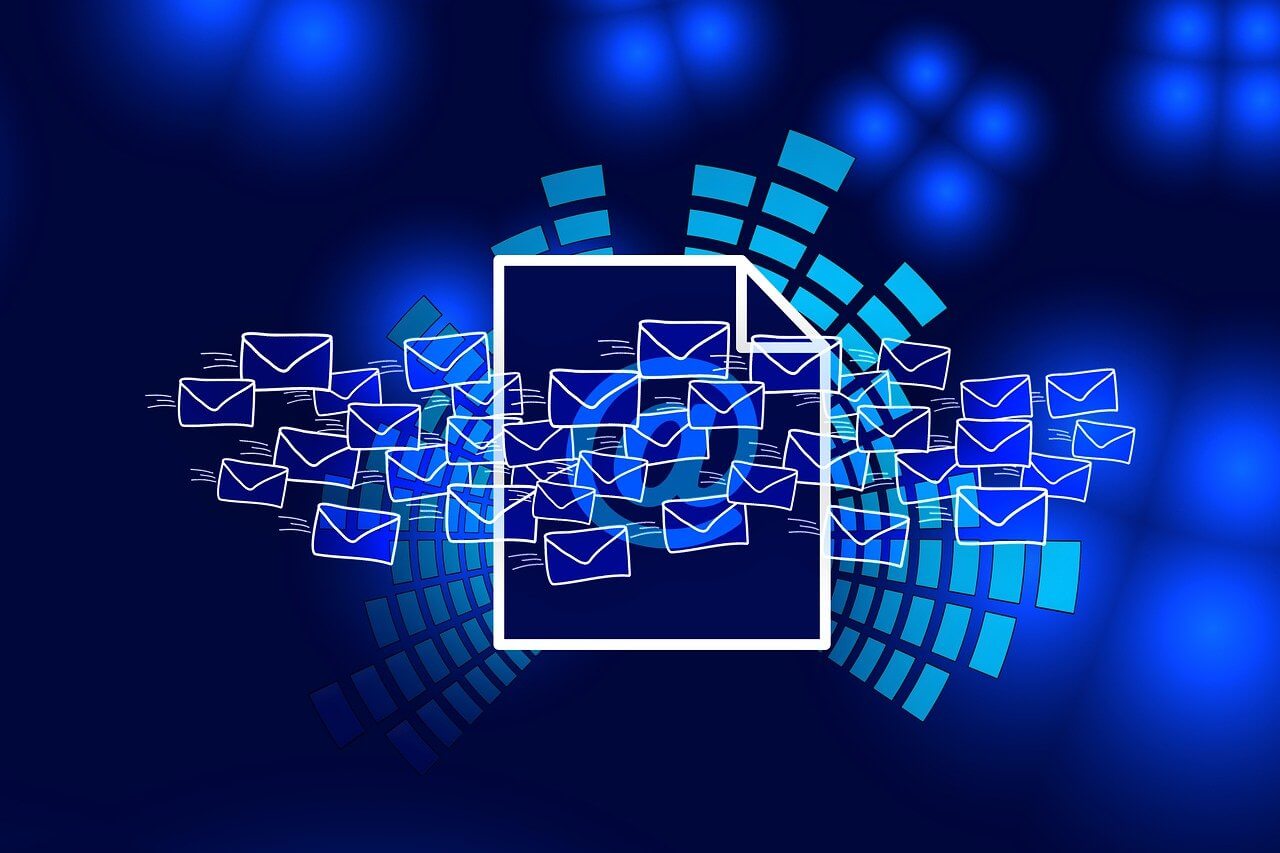Fix Android & iPhone USB tethering not working in Windows 11, 10?
In this article we will discuss how to fix Android and iPhone USB tethering not Working in Windows 11 and Windows 10 computers/laptops.
Connecting to the internet is the primary need of multiple Windows 11 and 10 devices. Systems facing issues connecting with Wi-Fi need to look for the alternatives like mobile data. With USB tethering as the key alternative to the seamless Wi-Fi connection, USB tethering, when not working, can be highly irritating and must be immediately fixed.
Let us go through the key solutions when USB tethering is not working in Windows 11 and Windows 10. Starting with the quick definition of USB tethering and the key reasons for its not working, it is easy to make your Windows device work on USB tethering. Starting with the quick details of USB tethering.
What is USB tethering:?
It is the method to share cellular services with different devices like Windows 11 and 10. It allows the users to have internet connectivity on Windows 11 and 10 systems facing Wi-Fi connectivity issues. It is easy to enable internet connectivity with a USB cable on the system. Let us go through the quick steps to set up USB tethering on your Windows 11, 10 device.
How to set up USB tethering on Windows 11 and 10?
The quick steps to set up USB tethering on Windows 11 and 10 are:
- Check if the data carrier on the mobile device has enabled Wi-Fi tethering.
- Connect the mobile with Windows 11, 10 system using a USB cable. Go to the “settings,” open “network and internet,” open “Hotspot and Tethering,” and go to “USB tethering.”
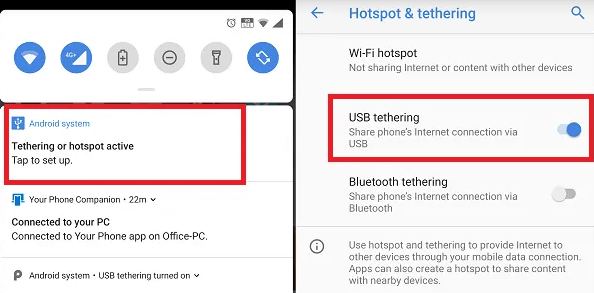
- This setup creates a different network adapter in Windows 10. The system can be quickly connected to the internet.
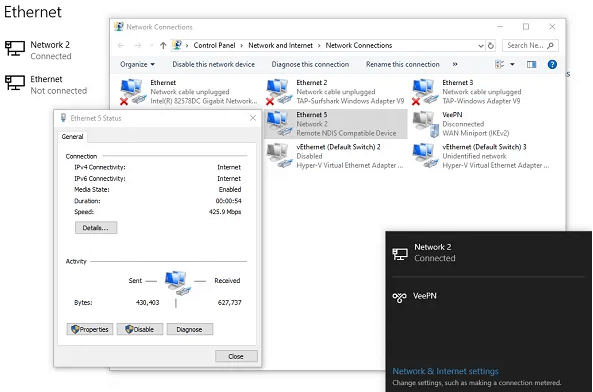
- The tethering is successful if the device is not connected to an existing Wi-Fi connection.
Top reasons: Windows 10 & Windows 11 USB tethering not working
After learning details about USB tethering, it comes down to finding the issues in the regular functioning of the mobile hotspots. Some of the problems causing issues connecting with the mobile hotspots are:
- Windows firewalls: Different antivirus software or Windows in-built firewall may hamper the seamless connection of the mobile hotspot with the device.
- Obsolete network adapter drivers: Mobile hotspots may be unable to connect with Windows 11 and 10 due to outdated network adapter drivers.
- On Bluetooth: Windows 11, 10 can’t connect to the mobile hotspot while Bluetooth is turned on.
- Enabling airplane mode: If Windows 11, 10 has airplane mode enabled, it may have been disabling all the possible wireless connections.
- IP address error: The different IP settings of the Windows 11 and 10 systems may cause USB tethering not to work properly.
Fixes: Android and iPhone USB tethering is not working Windows 11 & Windows 10
After going through the key reasons for failed internet connection on your system, it comes down to the quick fixes for USB tethering not working in Windows 11 and Windows 10. These are:
1. Use different USB cables and ports:
The faulty USB cables may cause an interruption in the seamless USB tethering. Hence, all you need to do is replace the USB cable with the new one to connect to your mobile and system. Further, using different ports while connecting USB tethering is easy to eliminate further hardware issues.
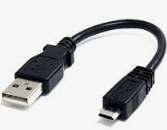
2. Performing Windows troubleshooting:
Windows 11, 10 offers dedicated troubleshooting for managing different issues like USB tethering. The quick steps to perform Windows troubleshooting are:
- Go to the “Start” or “Windows” icon and open the “Settings” menu.
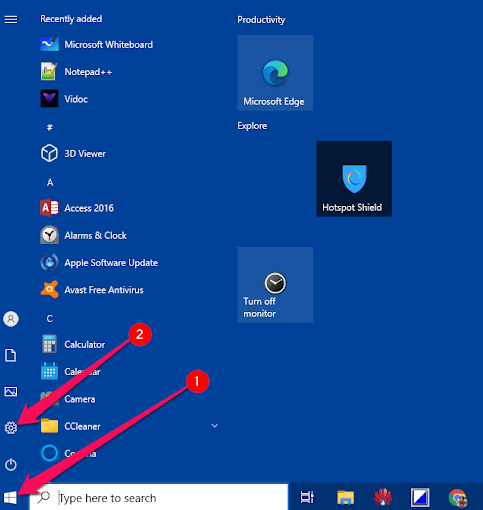
- Select “Update and Security” from the on-screen panel.
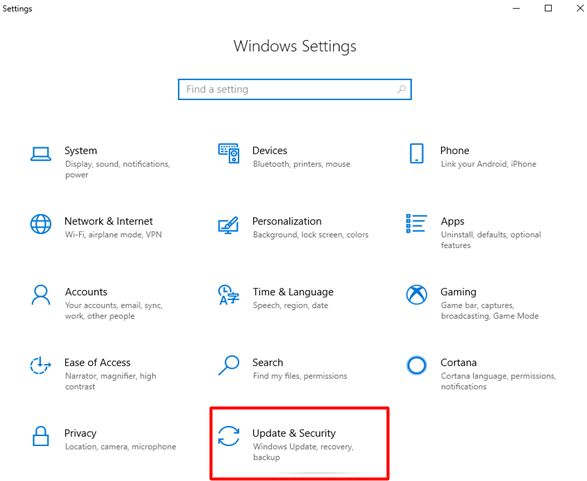
- Select the troubleshooting option and run it to treat USB tethering issues on the Windows 11, 10 system.
3. Restarting the mobile or Windows 11, 10 system:
- Users can get rid of the USB tethering issues by restarting the mobile and Windows 11, and 10 systems. The quick steps for the same are:
- Unplug the USB cable from the mobile.
- Press the “power button” and turn it off.
- Restart the mobile and check if the issues still persist.
- After restarting the mobile, it is easy to restart the system.
- Launch the “start” menu.
- Select the “power” icon from the bottom or top of the screen.
- Restart the system.
4. Activating the USB tethering option:
- It is essential to activate the USB tethering on your mobile device. The quick steps to activate the USB tethering option are:
- Go to the mobile’s settings.
- Go to “Wireless and Networks,” “Connections,” etc.
- Click on the “Portable hotspot” or “Tethering and portable hotspot.”
- Turn on the “USB tethering” option.
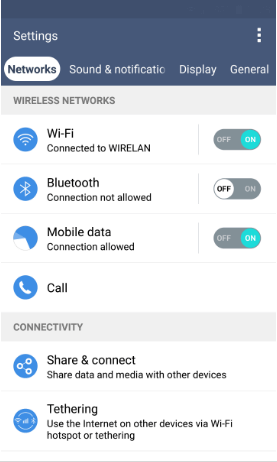
5. Updating the obsolete drivers:
Multiple obsolete drivers can be the reason for non-performing USB tethering. It is easy to update the drivers automatically or use dedicated software updates. Further, it is easy to go through the quick steps to manually update different drivers are:
- Go to the taskbar and open “Device Manager.”
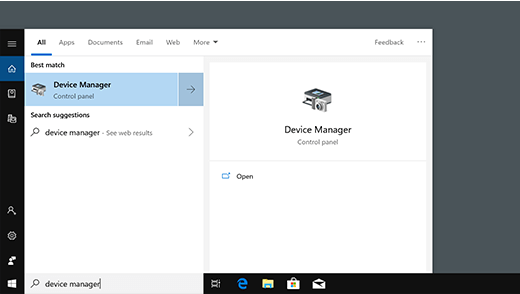
- Select the category from different device names.
- Click on “search automatically for updated driver software” and select “update driver.”

6. Turning off Wireless Technologies:
An Wi-Fi connection may interrupt the USB tethering between devices. It is all about turning these connections off with the following quick steps:
- Go to the device’s settings.
- Select Wi-Fi.
- Toggle off the “use Wi-Fi” button.
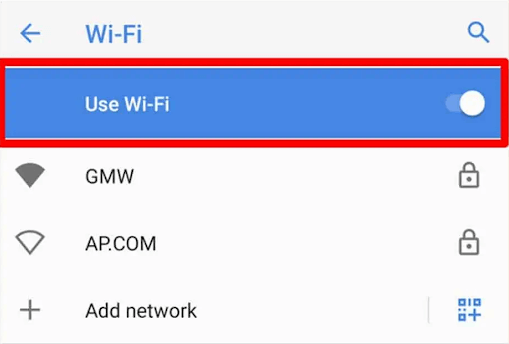
7. Set up the USB RNDIS Adapter
If USB tethering is not working on Windows, you can try to fix the issue by setting up the USB RNDIS (Remote Network Driver Interface Specification) adapter. This adapter allows your computer to communicate with your mobile device over USB, enabling the tethering functionality. Here’s a step-by-step solution to set up the USB RNDIS adapter:
- Connect your mobile device to the computer via USB.
- Enable USB debugging on Android devices or trust the computer on iPhones.
- Open Device Manager on Windows.
- Find your mobile device under “Portable Devices” or “Other Devices.”
- Update the driver for your mobile device and select “Remote NDIS compatible device” from the list.
- Restart your computer.
- Reconnect your mobile device via USB.
- Enable USB tethering in the mobile device’s settings (Android: Settings > Network & Internet> Hotspot & tethering > USB tethering; iPhone: Settings > Personal Hotspot > Enable and choose “USB Only”).
If it still doesn’t work, try using a different USB cable and port. Ensure your mobile device has the latest drivers installed. You can also try rebooting your Android or iOS device to resolve temporary glitches.
8. Edit Windows Registry
Android and iPhone USB tethering not working on Windows? Well, here comes the next solution at your disposal. By modifying the registry, you may be able to resolve this issue within no time. Sometimes, USB tethering issues can be caused by incorrect permissions on specific registry keys. To check and correct permissions follow these quick steps:
- Press Win + R to open the Run dialog box. Type “regedit” and press Enter to open the Registry Editor.
- In the Registry Editor, navigate to the following key: HKEY_LOCAL_MACHINE\SYSTEM\CurrentControlSet\Enum\USB
- Right-click on the “USB” key, select “Permissions.”
- Make sure the “Administrators” group and your user account have Full Control permission. If not, click “Add” and add the missing permissions.
After making the above-listed changes in the Windows Registry, check if the USB tethering issue was resolved.
Wrapping Up:
Hence, it is easy to tackle the situation of Android and iPhone USB tethering not working on Windows 11 and Windows 10. Starting with the USB tethering details followed by the quick reasons causing issues with USB tethering, it becomes easy to understand the seamless internet connection details.
Some quick fixes for USB tethering that are not working include restarting the mobile system, updating drivers, turning Wi-Fi off, etc. Further, activating the USB tethering on the mobile device is essential. It is easy to replace the USB ports or USB cables and troubleshoot the Windows system in quick steps.
Popular Post
Recent Post
How to Troubleshoot Xbox Game Bar Windows 10: 8 Solutions
Learn how to troubleshoot and fix issues with the Xbox Game Bar not working on Windows 10. This comprehensive guide provides 8 proven solutions to resolve common problems.
How To Record A Game Clip On Your PC With Game Bar Site
Learn how to easily record smooth, high-quality game clips on Windows 11 using the built-in Xbox Game Bar. This comprehensive guide covers enabling, and recording Game Bar on PC.
Top 10 Bass Booster & Equalizer for Android in 2024
Overview If you want to enjoy high-fidelity music play with bass booster and music equalizer, then you should try best Android equalizer & bass booster apps. While a lot of these apps are available online, here we have tested and reviewed 5 best apps you should use. It will help you improve music, audio, and […]
10 Best Video Player for Windows 11/10/8/7 (Free & Paid) in 2024
The advanced video players for Windows are designed to support high quality videos while option to stream content on various sites. These powerful tools support most file formats with support to audio and video files. In this article, we have tested & reviewed some of the best videos player for Windows. 10 Best Videos Player […]
11 Best Call Recording Apps for Android in 2024
Whether you want to record an important business meeting or interview call, you can easily do that using a call recording app. Android users have multiple great options too. Due to Android’s better connectivity with third-party resources, it is easy to record and manage call recordings on an Android device. However it is always good […]
10 Best iPhone and iPad Cleaner Apps of 2024
Agree or not, our iPhones and iPads have seamlessly integrated into our lives as essential companions, safeguarding our precious memories, sensitive information, and crucial apps. However, with constant use, these devices can accumulate a substantial amount of clutter, leading to sluggish performance, dwindling storage space, and frustration. Fortunately, the app ecosystem has responded with a […]
10 Free Best Barcode Scanner for Android in 2024
In our digital world, scanning barcodes and QR codes has become second nature. Whether you’re tracking packages, accessing information, or making payments, these little codes have made our lives incredibly convenient. But with so many barcode scanner apps out there for Android, choosing the right one can be overwhelming. That’s where this guide comes in! […]
11 Best Duplicate Contacts Remover Apps for iPhone in 2024
Your search for the best duplicate contacts remover apps for iPhone ends here. Let’s review some advanced free and premium apps you should try in 2024.
How To Unsubscribe From Emails On Gmail In Bulk – Mass Unsubscribe Gmail
Need to clean up your cluttered Gmail inbox? This guide covers how to mass unsubscribe from emails in Gmail using simple built-in tools. Learn the best practices today!
7 Best Free Methods to Recover Data in Windows
Lost your data on Windows PC? Here are the 5 best methods to recover your data on a Windows Computer.
